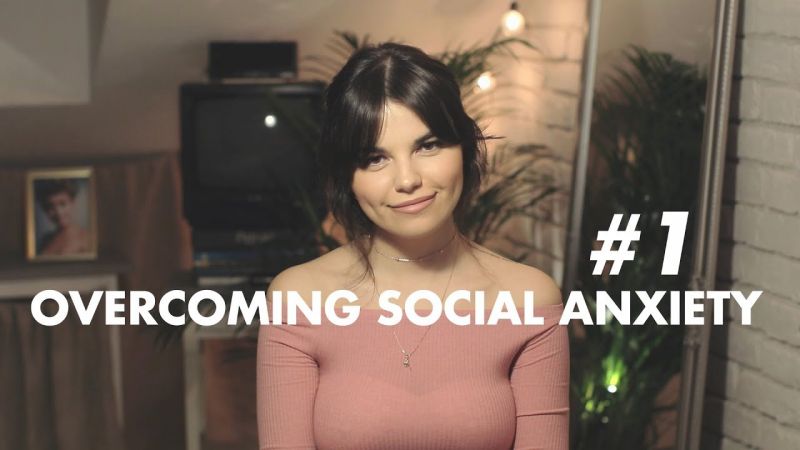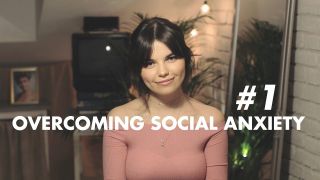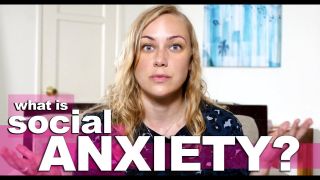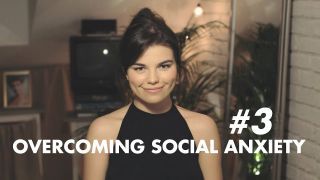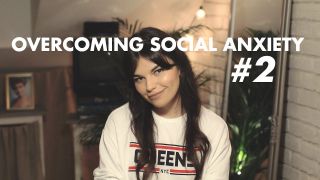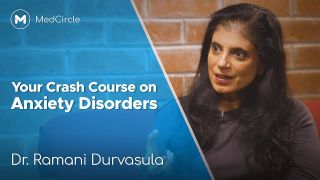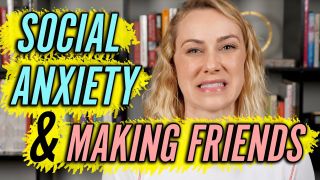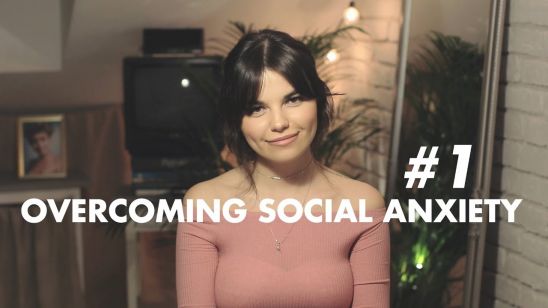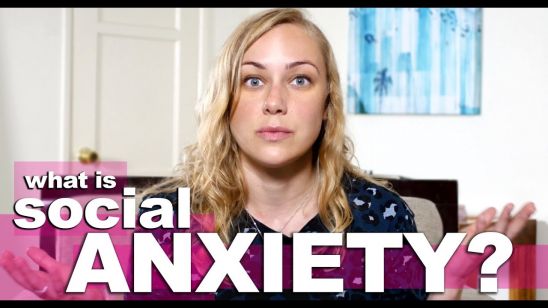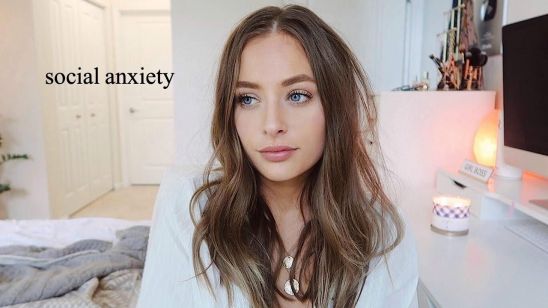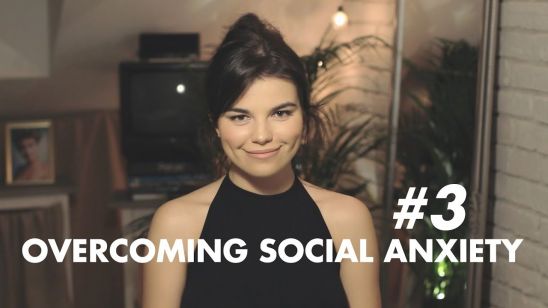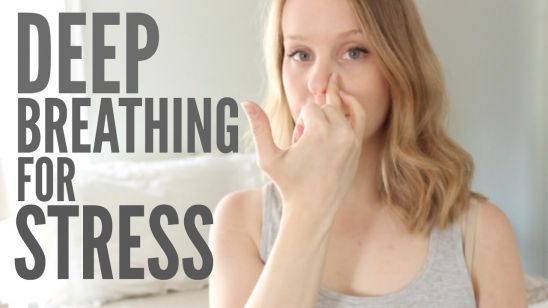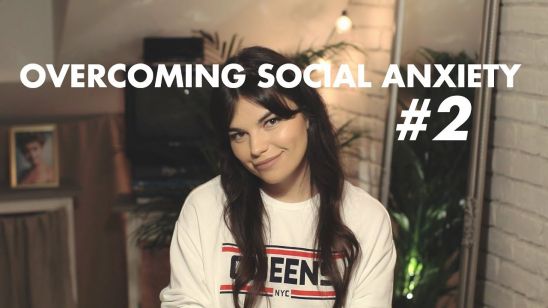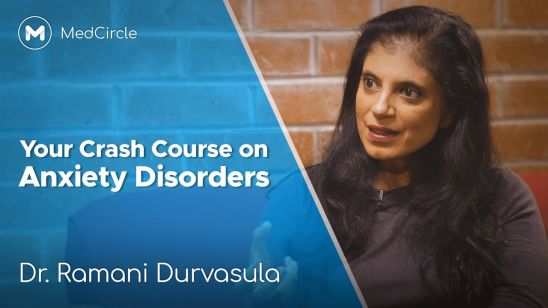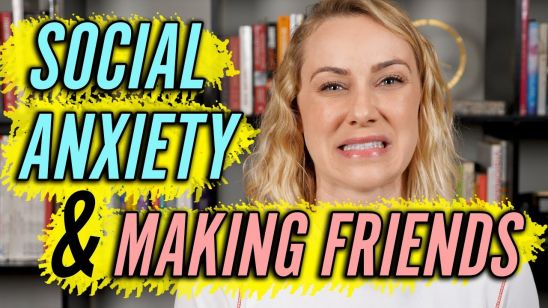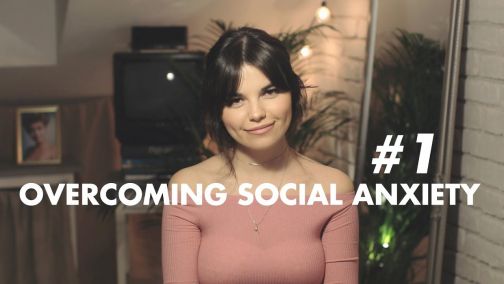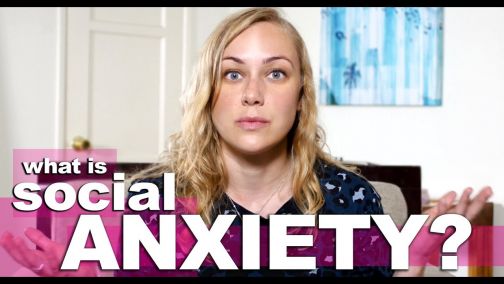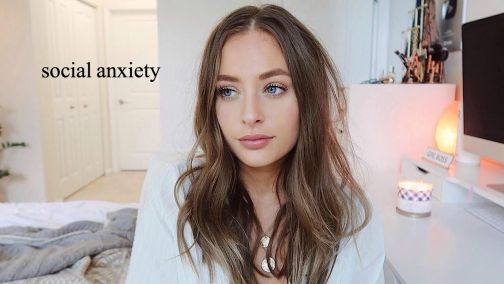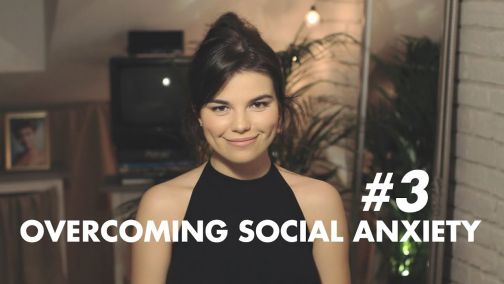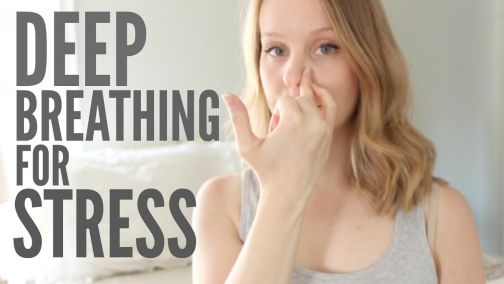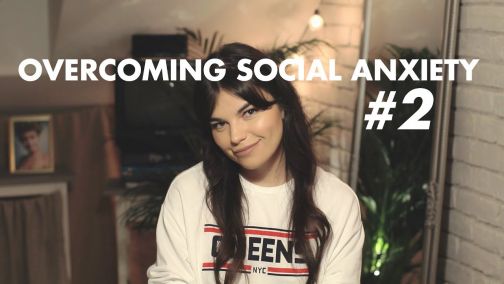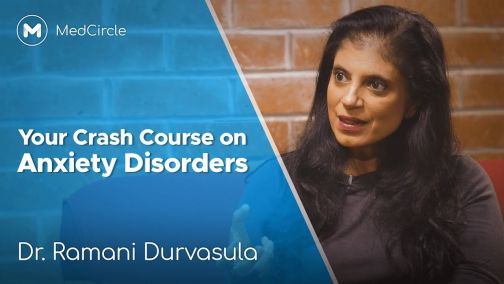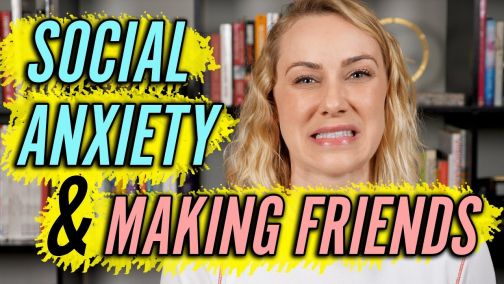Social Anxiety Disorder
Also known as Social Phobia
What is it?
Socializing can be stressful. Showing up to a party or networking event without knowing many people is hard. So is giving a presentation to a big crowd. These scenarios are known to trigger anxiety in people, even if they don’t struggle with a disorder.
But for some, the distress associated with socializing is severe and too much to handle. They become panicked in groups of people, during small talk and when speaking to crowds. This is a condition on the anxiety spectrum called social anxiety disorder (SAD) or social phobia.
When left untreated, SAD often bleeds into a person’s work life, home life and social habits. Many people avoid triggering scenarios altogether, leading them to self-isolate and suffer from loneliness or depression. Despite common media portrayals of SAD, it is not the same as shyness and does not always present through typically “shy” behavior. SAD is a very common mental condition that affects roughly 15 million U.S. adults.
What are the symptoms?
SAD is characterized by underlying fears of being judged, disliked, considered unintelligent and appearing outwardly anxious. These fears lead to extreme anxiety and avoidance behaviors, such as not attending social gatherings, refusing to give presentations at work, refusing to eat in front of others or avoiding eye contact during conversations.
Although all cases of SAD are rooted in similar fears, they can manifest quite differently. Situations that may be extremely triggering for one sufferer, might be very manageable for another, and vice versa. Common scenarios that trigger symptoms include making small talk with strangers, attending parties, going on dates, speaking to crowds, eating in front of others, using public restrooms, answering questions in class and entering rooms.
SAD frequently involves both mental and physical anxiety symptoms. A common fear people with SAD have, is appearing anxious in front of others (i.e. experiencing noticeable physical symptoms). In some cases, SAD can cause recurring panic attacks or lead to the development of panic disorder.
Mental SAD symptoms include:
- Avoiding anxiety-inducing people, places or scenarios
- Experiencing intense fears about socializing
- Worrying that you appear outwardly anxious
- Going to social gatherings, but being extremely anxious the entire time
- Being unable to relax in social settings
- Ruminating on social scenarios after they’ve happened
- Anticipating worst-case scenarios before attending an event
- Feeling as if your mind has “gone blank” when put on the spot
Physical SAD symptoms include:
- Blushing
- Rapid heartbeat
- Chest tightness
- Shortness of breath
- Chills or hot flashes
- Tremors
- Muscle tightness, especially in the jaw and shoulders
- Lightheadedness
- Nausea, diarrhea or irritable bowel syndrome
- Dry mouth
What are some common warning signs?
SAD is characterized by intense levels of anxiety when socializing. Because of this, a loved one with SAD might display noticeable changes in their appearance and behaviors. They may seem on edge at work or during group gatherings. They may avoid going out and stop answering text messages. You might even notice physical symptoms when with them, such as sweating, fidgeting, blushing or stumbling over their words.
But sometimes, symptoms are less obvious. People battling chronic mental health conditions can learn to hide their pain from others. It’s possible to appear outwardly fine, while facing mental difficulties in secrecy. It’s important to remember that mental health conditions are invisible illnesses. Just because some people exhibit outward symptoms, doesn’t mean everyone will.
If you think a person in your life might have SAD, pay close attention to how they’re doing in the different facets of their life. Are they turning down professional opportunities because they involve public speaking? Do they seem tense for no apparent reason? Do they seem easily agitated in groups? Do they make plans and then cancel them? If so, they might be struggling with SAD and you should find time to talk to them about their symptoms.
What causes SAD?
The exact cause of SAD is unknown. Doctors believe a range of factors play a role in its development, including:
- Genetics: Certain people are more likely to develop GAD and other anxiety-based conditions if they have a family history of them.
- Brain circuits/chemistry: Anxiety disorders have been linked to activity in an area of the brain called the Amygdala. The Amygdala is home to our Fight-or-Flight response. It’s thought that people on the anxiety disorder spectrum may have overactive or malfunctioning Amygdalas. You can learn more about that here. There may be other issues at play as well, such as misfiring stress hormones (like cortisol and adrenaline) or dysfunctional serotonin systems. These problems are all part of the Hypothalamic Pituitary Adrenal (HPA) Axis — a complex system of interactions that take place between the hypothalamus, pituitary gland and adrenal glands.
- Trauma: Traumatic experiences are thought to impact the likelihood of developing anxiety disorders later in life. For example, someone who grew up in a turbulent home may be more anxious than someone who grew up in a supportive one.
- Environmental: Being in high stress environments for extended periods of time can trigger anxiety disorders.
How is it treated?
There are two primary treatment methods for SAD — psychotherapy and medication. Healthy lifestyle habits can also help people cope. Maintaining a balanced diet, 8 hour sleep schedule, mindfulness regimen (like yoga, meditation or art therapy classes) and staying physically active, can ease the severity of symptoms. However, for many people with serious and prolonged anxiety, lifestyle adjustments are not enough to fully address their disorder.
The most popular psychotherapy for treating SAD is called Cognitive Behavioral Therapy (CBT). CBT is a therapeutic model that challenges negative thinking patterns and behaviors. It’s rooted in the idea that our attitudes greatly impact how we think and behave. In CBT, a therapist will help you replace negative thinking patterns and behaviors with more positive ones, in order to better manage worry and fear.
Another form of psychotherapy, called exposure response prevention therapy (ERP) may be recommended as well. ERP is a form of therapy that exposes people to their fears and anxieties in order to minimize the stress associated with them. Patients work with their doctor to create an “exposure hierarchy” that they tackle together over time.
Creative approaches to therapy, such as virtual reality based ERP or communications training courses like Toastmasters, have become popular in recent years and shown positive results for people with SAD.
SSRIs, or selective serotonin reuptake inhibitors, are a form of antidepressant medication used to treat anxiety and depressive disorders. They work by enhancing your brain’s natural serotonin activity in hopes of increasing levels of happiness and pleasure. Well known examples include Lexapro, Prozac, Paxil and Zoloft. Other forms of antidepressant include serotonin-norepinephrine reuptake inhibitors (SNRIs), atypical antidepressants, tricyclic antidepressants, and monoamine oxidase inhibitors (MAOIs).
An alternative to antidepressants, are anti-anxiety medications known as Benzodiazepines (i.e. Klonopin, Ativan, Xanax, etc.) These are normally used to provide short-term anxiety relief, and are not recommended for individuals who struggle with substance abuse problems as they can lead to a physical addiction. Pills known as beta-blockers may also be prescribed to minimize symptoms of a panic attack, such as rapid heartbeat. They are not considered a long-term solution.
It’s important to remember that treatment plans are personalized. If you’re seeking help, make sure you work one-on-one with a doctor to create a plan that fits your needs. Just because a medication or therapy helps someone else recover, doesn’t mean it’ll be the right solution for you. Don’t ever feel guilty about asking for help, taking meds or going to therapy. Addressing your mental health is a productive and courageous thing to do.
How can I help a loved one with SAD?
It can be hard to know how to react when someone you love isn’t doing well. Do they want to talk about it, or would they prefer to keep their experiences private? Will you push them away by starting the conversation?
There are no easy answers to these questions. Every person handles their mental health differently. That said, we all want to feel loved and supported. Showing someone that you’re invested in their wellbeing can make a world of difference. Here are some ways to do so:
- Educate yourself: Read up on symptoms, treatment options, and healthy living recommendations. Try and understand what your loved one is going through so you are better equipped to talk to them about it. This will also make you a valuable resource when it comes time to find treatment.
- Encourage healthy living: Sleeping well, eating nutritional foods, staying active and limiting substance use can be game changers for someone with anxiety. If they’re surrounded by people who promote this kind of lifestyle, they’re more likely to form healthy habits of their own. Try joining a fitness class together, or cooking meals at home using healthy ingredients.
- Advocate treatment: Asking for help can be hard. Societal stigma often keeps people from opening up to others about their symptoms. Support your loved one by helping them research different treatment methods, or doctors in their area. If they’d like, go to a few sessions with them. Remind them that there’s nothing weird about getting help, and that you’re proud of them for following through.
- Listen: It’s common for people battling anxiety to feel alone, and like they don’t have anyone to talk to. Make time for meaningful conversations. Ask them how they’re doing. Let them talk and don’t discount their emotions. It is not your job to fix them, just to be there.
- Don’t tell them to calm down: People with anxiety are often told to “get over it”, “worry less” or “chill out.” These statements downplay the emotions they’re feeling, and won’t help lessen their symptoms. Let them vent without judging.
Be patient: Don’t take it personally if they lash out at you, don’t answer text messages or socialize less. They are battling something that’s very hard to overcome. Their distance has nothing to do with who you are as a person. Keep showing up for them even when it feels like it’s not helping. The act alone lets them know that they have people in their life who care.
What other resources are out there?
Want to learn more, find a doctor, join a support group or speak to a counselor? The below resources might be able to help:
- Social Anxiety Association
- National Social Anxiety Disorder Center
- Social Anxiety Institute
- Crisis Text Line
- BetterHelp
- Psychology Today Directory
- American Psychiatric Association
- Medicaid Eligibility Information
- Open Path Collective
- Resources for POC, LGBTQ+ and disabled individuals
- Anxiety and Depression Association of America
- National Network of Depression Centers
- Medicine Assistance Tool
- NeedyMeds
- Erika's Lighthouse
- Anxiety Network
- Anxiety Central Forums
Support our work
We’re on a mission to change how the world perceives mental health.
